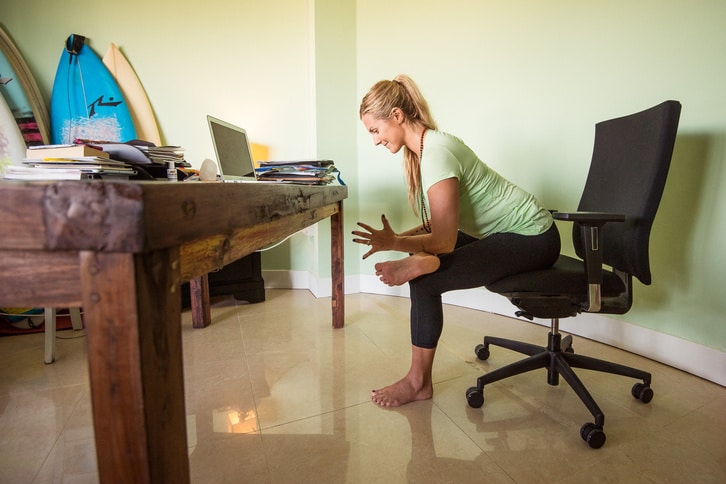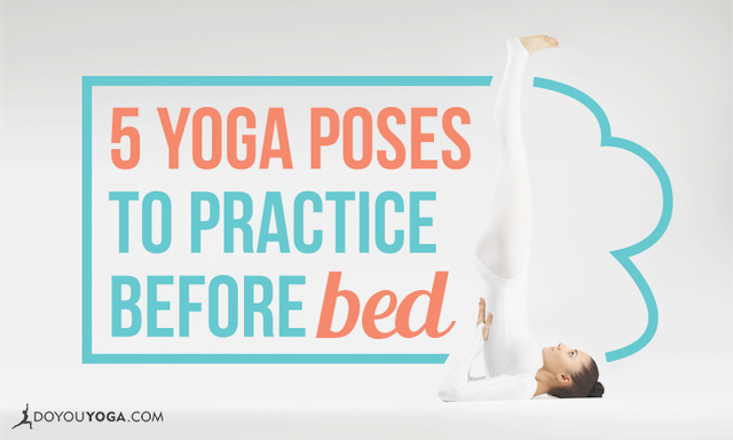
There are a few things you need to do before you sign up for your first class of yoga. The first tip is about what to wear to class. Your instructor will be happy to address any concerns or questions you may have if you are a first-time student. You should not use the second variation if you are nervous or have any physical limitations. Next, listen carefully to your intuition and rest when you feel like it. Don't let the yoga teacher discourage you - it's perfectly natural to want to push yourself and try the next level.
The next tip is to prepare for yoga class. To make it easier for beginners to find a spot to sit down and go to the bathroom, arrive 15 minutes early. You'll also have enough time to get acclimated to the room before class starts. It is possible to feel jittery if you rush into class. New students often feel nervous about their first yoga class. This stress will only increase if you arrive late.
The next tip is clothing. Even though most people will be wearing yoga pants and tops during the practice, they should still be comfortable. It should allow for movement and sweat to be absorbed. You should drink plenty of water if you are new to yoga. The water will help flush out toxins and help you progress with your practice. It is important to avoid eating before class. This will make your practice as safe as possible.

Enjoy your classes. If you're comparing yourself to others, it can lead to ugly feelings. Your yoga class should allow you to be present in your body and take the time to breathe. You should not worry about the way others are doing it or comparing yourself to them. Be kind to yourself and be respectful of others. Beginners can try yoga until they find the right posture for them.
Another tip is to be punctual. You should be punctual, no matter what university you are at. It is common to feel rushed and upset when classes are crowded. Even if your schedule isn't possible, you can still practice as much as you like. Make sure you have the proper equipment and clothing when you prepare for your class.
Do not rush to join a yoga class. Take your time and let the work be done. This is the most important part of any yoga class. The first class is an important milestone. However, you should continue to practice as much as you can. This is because the effects of yoga are cumulative. This is because the benefits of yoga are cumulative.
If you're new to yoga, the first couple of months can be the most difficult. Yoga is not something you can do overnight. You must be patient with your body. Don't put too much pressure on yourself. Your body will adapt slowly to your new practice. Be patient. You need to be able to move freely in your clothes. In a few weeks you will be able to perform all the poses you are comfortable with.

Respect the teacher. You signed up for the class for the purpose of being disconnected from your daily life. It must be kept silent. You may be tempted to leave your phone in your car or in a locker while you're in class, but try not to interrupt the teacher. You'll only harm yourself and others. There are many other tips that you can use to make your practice more enjoyable, even if it's your first time.
The best time to practice yoga is early morning. The sun is shining, and you are still fresh. You don't have to be an expert at yoga. Start with the most basic poses. This will help to ease into the movement and increase confidence. To warm up if you've never done yoga before, try a simple nursery rhyme. It will help you feel more comfortable and make your yoga practice last longer. This will give your a head start.
FAQ
How many calories should I eat daily?
The exact amount varies depending on the person. On average, 2000 to 2500 calories are consumed per day. Based on your age, gender, height and activity level, you will need to calculate how many calories you require.
What does butter do for men?
Butter is one of the best sources of saturated fats. This type fat is great for your skin and hair. It also helps you build stronger bones.
Butter also contains vitaminK, which prevents bleeding after cuts and bruises. Vitamin K works with vitamin A to prevent bleeding.
Butter also contains minerals like calcium, phosphorous and potassium. These minerals promote stronger bones, teeth, and teeth.
Butter has its limitations. Butter contains high levels of cholesterol. Research has shown that high levels of cholesterol could increase your chances of developing cardiovascular disease.
Butter also contains high amounts of saturated fat, which contributes to obesity and increases cholesterol.
But if butter is a must, you can spread it on bread and not dip it in soups or salads. Bread absorbs more oil that pasta and potatoes.
How many times a week should I exercise?
It all depends on how much time and what kind of exercise you like. The general rule of thumb is to exercise aerobically 3 - 5 days per week. It's important that you don't overdo it. It is crucial to exercise regularly in order to reap the full benefits of your workouts.
What exercises are the best?
It all depends on what type of fitness goals you have. Some people prefer endurance sports like swimming, cycling, or running. Others love lifting weights or using resistance bars. There are many options for exercise today. Find the best option for you.
Are There Any Benefits to Yoga?
Yoga has been around since ancient times, and it has recently gained popularity. Celebrities and ordinary people love yoga.
Yoga is great for strengthening and stretching your muscles. Yoga can also help calm your mind and relax you.
Yoga is more focused on breathing than other forms of exercise.
You can practice various poses to improve your flexibility and balance.
Statistics
- Get free shipping and 25% off today. (healthline.com)
- According to the American Heart Association, blood pressure should be checked at least once every two years, beginning at age 20. (my.clevelandclinic.org)
- Candidates and applicants must pass all four tests at 70% (minimum level) to graduate from Basic Deputy U.S. Marshal (BDUSM) Training. (usmarshals.gov)
- According to the American Academy of Dermatology (AAD), men over 50 are at a heightened risk of developing it. (healthline.com)
- Are You One of the 20% of Guys (mh.co.za)
External Links
How To
How can a man get fit in 30 days?
Breaking down your fitness goals into smaller, more manageable steps is the best way for you to reach your fitness goals.
It is important to work towards your goal every day. This could mean anything from doing 10 pushups for 5 minutes to running 3km.
Consistently doing this will lead to positive results.
Consistency is the key here. You must keep going until you succeed.
What is the main difference between Aerobic Fitness or Anaerobic Fitness
Anaerobic fitness refers to the ability of our bodies to perform intense physical work without oxygen. Anaerobic pathways can be used to supply enough energy during high-intensity exercise. Anaerobic pathways include glycolysis, creatine phosphate, the phosphagen, lactic acid, etc.
Aerobic fitness, however, refers to the continuous practice of low-intensity aerobic exercise. While performing aerobic exercises, oxygen is used as the primary source of fuel for the cells. In other terms, the aerobic pathway has more energy that the anaerobic.
To run a marathon you need to first increase your aerobic capacity. If you only focus on building up your anaerobic capacity, you won't be able to finish the race.
Aerobic fitness is also known as cardiovascular fitness. The most common methods of determining cardiovascular fitness are step tests and VO2max testing.
VO2 Max Testing
VO2max is the maximum oxygen (O2) that your body can use while exercising. This test measures how much oxygen the body can use while exercising.
This is one of the most accurate tests to measure cardiovascular fitness. It requires expensive equipment and highly-trained professionals to administer.
Step Tests
Step tests are an easy but powerful way to determine your cardiovascular fitness. These tests require you to walk or run on a track or treadmill for a set amount of time, depending on your weight and age.
These tests are easy, inexpensive, and accessible almost anywhere. You can, for example, walk for 2 minutes on a treadmill, then rest for 1 min, then repeat the process for 20 minutes. Then, stop. Throughout the session your heart rate should not exceed a specified range.
This is the "Bruce Protocol". Bruce was himself a runner and developed the protocol after realizing his heart rate wouldn't increase when he ran for longer distances.